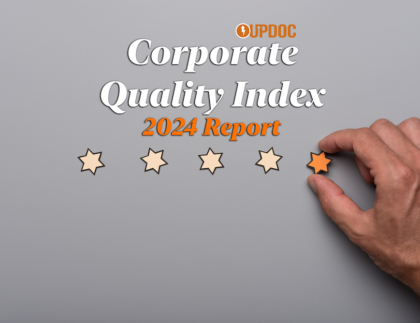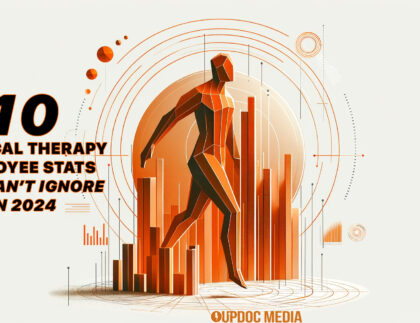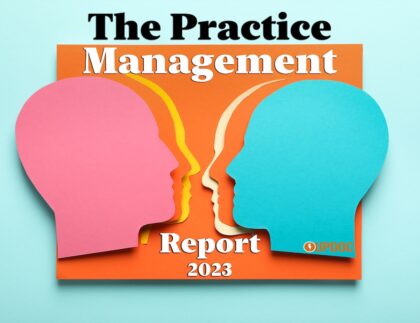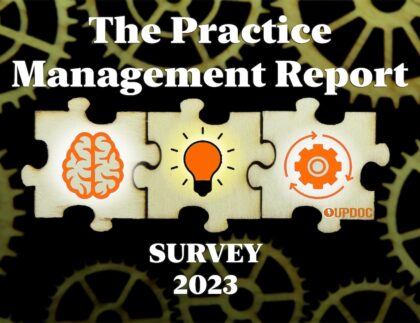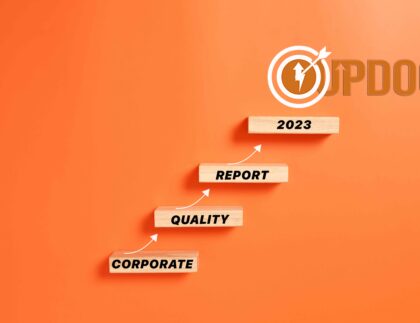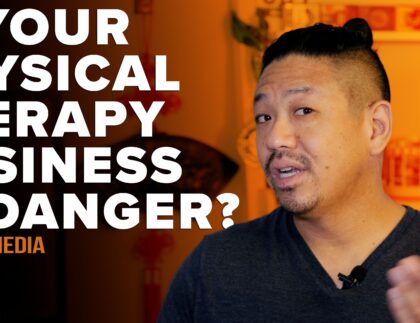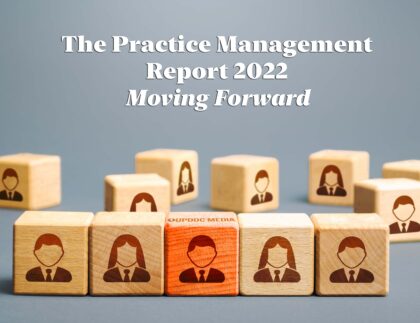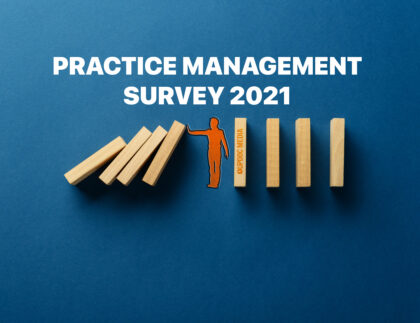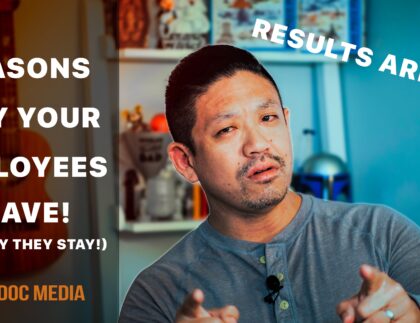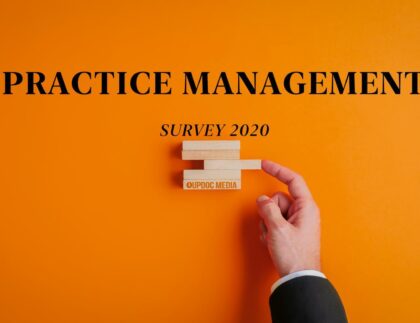
Get ready for a great piece, today, from Seth King!
-Ben
Fresh Perspective: The Real Secret of Rehab Success
Before I say anything else, let me preface that I graduated in mid 2015 and don’t claim to be an expert in the management of low back pain. My biggest claim to fame is arguably one of two things: having insanely adorable children, and growing a decent beard. You won’t hear me bragging about clinical skills. This isn’t a story about how great of a physio I am. It’s a story that I want to share with you about the importance of day 1—the evaluation, our listening skills, and the words we say to our patients. It’s a story of the things that matter, but that we don’t often acknowledge. I hope this hits home with a few of you!
A patient limped into my clinic several weeks ago with significant, debilitating acute low back pain. An awkward fall at work is where her problems started, and ever since the pain began, each movement of hers was a constant reminder to her that something was alarmingly wrong with her back. She was clearly very anxious about her back injury and had a lot of fear tied to the situation. Most of us who have had any clinical experience with this population recognize that this can be a common situation. Furthermore, most of us who have had any personal experience with acute low back pain recognize how debilitating and potentially disabling that pain experience can be.
Concerns that she voiced ranged from, “will I ever be able to go back to work?” to “Seth, do you think I’ll need to have back surgery?”. It’s safe to say that her pain was and would be at the forefront of her focus unless something changed. Luckily, she made it into our office within 2 weeks of the onset of her pain (#GetPT1st).
The first thing that I did was listen. In my limited experience as a Doctor of Physical Therapy (1.5 years) and more seasoned experience as a husband and father, I have found that listening should always be the first reaction in any situation – be it clinical or otherwise. Period. No exceptions. I think I remember Jerry Durham saying something along the lines of “you’re not treating a patient with low back pain…you’re treating (insert name of patient here)”.
I made sure to hear out all of her concerns, and then delivered a thorough evaluation. We assessed for red or yellow flags (there were none), any indication of a more sinister pathology (multiple “special” tests told me there didn’t seem to be anything alarming with this patient), conducted a good neurologic exam ( again normal-assessing for DTR abnormality, myotomal/dermatomal involvement, and dural tension), found some positions that provoked her pain and some that relieved it, and did some SFMA breakouts for several areas of dysfunction which opened up the possibility of some spinal and hip joint mobility dysfunctions, and posterior chain tissue extensibility dysfunctions.
I didn’t say much during the examination, but assured her that I would explain everything at the end and help her put together a plan of action to get better. Once I was finished with the examination, we sat down to chat. Armed with some new expertise by Jeff Moore’s mentorship on prognosis delivery in our Mentorship Masterminds group, I felt I needed to deliver a concise statement that would assure her everything is ok, encourage her to stay physical active, and get some buy-in to how I can help her get better quickly. My prognosis statement sounded something like this, “First of all, I’m really excited because I don’t see anything scary in today’s examination. It looks like those painful symptoms are primarily coming from your lower back and hip – which probably are a little confused and still trying to figure out how to calm down after being irritated from your fall awhile back. What I can tell you is that patients in your situation usually get better very rapidly, and usually even more rapidly with some hands-on treatments to address that back and hip stiffness. I think the most important thing for you right now is to try to get back to moving normal again, and a good starting place for that would be to walk every day out on the trail – some “you time” – for about 30 or 40 minutes.”
We also had a very brief conversation about how the body’s pain response is much like an alarm system and that there are a lot of great ways to make that alarm system less sensitive. I’ll never forget Adriaan Louw’s talk at Manipalooza in 2016 about therapeutic neuroscience education. A big quote that stuck out to me was, “the trick is to tell the patient that the pain is all in their head, without them hearing that it’s ‘all in their head'”. Hilarious and true! I expected that this patient would probably be a little guarded if I regurgitated every bit of pain science I’ve ever learned to her. Not appropriate in this situation. So I sprinkled in a tiny bit of TNE, and she left with a smile on her face.
Nothing complicated. Nothing novel. I didn’t do anything fancy with this patient, and yet she came back 5 days later reporting that she had walked and done her stretching exercises every day since we last spoke and feels 75% better already. Her pain reports had decreased from an 8/10 at first visit to 1-2/10 at second visit.
Over the next 4 visits, we addressed this patient’s impairments with lumbar and thoracic spinal manipulation, some targeted stretching and “core” motor control exercise and hip hinging education. During the first successful manipulation, she perked up afterwards and said, “wow! how did you know to do that? It felt great, I love coming here!”. At visit 6, she was ready to fly. Stating something along the lines of, “Seth, I just really don’t have any pain anymore! I’m not sure why, but I don’t really care and I’m ready to go back to work!”. By all means, it was time for her to be done with her short episode at our clinic.
Overall, her FOTO functional score improved from a 55 at intake to 98 at discharge. Her fear avoidance (FABQ-physical activity) decreased from a 16 at intake (elevated) to a 5 at discharge. Patient satisfaction was 100%.
I really want to emphasize again that I didn’t do anything magical. Instead, I really just wanted to share with you some takeaways that blew my mind from this experience that might be helpful for some of you:
(1) I felt that the strongest intervention provided to this patient was not a manual therapy technique, neuroscience education analogy, or exercise. It was the thorough evaluation and confident prognosis which, when delivered, addressed her concerns and validated her desire to get back to moving without fear again.
(2) Spinal manipulation is a strong instrument, but not just for improving spinal mobility. In this case, I think the manipulation provided her immediate pain relief and – more importantly – a buy-in to this whole “physical therapy” thing. She kept coming, because she walked out every session feeling a little bit better.
(3) If I wouldn’t have made an intentional effort to LISTEN to this patient with direct eye contact, I likely would never have gathered enough rapport to facilitate as much change.
(4) She may have gotten better without any intervention at all (natural course), but I’m confident that we significantly accelerated her timeline. As long as it’s appropriate and no red flags are telling us otherwise, we can be excellent facilitators of decreased anxiety, fear avoidance, and worry.
I hope this encourages some of you guys! If you want to chat more, PLEASE connect with me one any or all of my social accounts. If you live somewhere around Detroit Metro, let’s meet up for a good coffee or beer to talk about how we can be the change we want to see.
Thanks guys!
~Seth King PT, DPT, CSCS, SFMA L.1
 Bio: As a physical therapy and wellness professional in Rochester Hills, Michigan, I push my clients to “live more, limit less”. We all encounter barriers (pain, lack of motivation, poor performance, lack of time) to be able to move and perform the way we want to, but I feel that exist to meet those barriers head on and help my clients knock them down. I consider it the highest privilege to be a part of the injury rehabilitation, prevention, and performance optimization sector of healthcare, helping individuals get to a place of movement and health that they didn’t think was possible. I absolutely love what I do, and would love to chat about anything exercise, rehab, sports, or craft beer.
Bio: As a physical therapy and wellness professional in Rochester Hills, Michigan, I push my clients to “live more, limit less”. We all encounter barriers (pain, lack of motivation, poor performance, lack of time) to be able to move and perform the way we want to, but I feel that exist to meet those barriers head on and help my clients knock them down. I consider it the highest privilege to be a part of the injury rehabilitation, prevention, and performance optimization sector of healthcare, helping individuals get to a place of movement and health that they didn’t think was possible. I absolutely love what I do, and would love to chat about anything exercise, rehab, sports, or craft beer.
Twitter: @MisterKingDPT
Insta: @sethkingwellness
Facebook: facebook.com/sethkingwellness
Snapchat: MisterKingDPT
Web: www.sethkingwellness.com
email: sethking.wellness@gmail.com
phone: (517)499-1213
Thoughts From The Editor & CoFounder:
Again, I think this “care to listen & listen to care” approach has been widely lost in this modern healthcare approach. As important as it is to be data driven, evidenced based, and scientifically accurate, it’s still health-CARE; as providers, it’s on us to deliver that care. Sometimes, this means delivering the accurate tough news, other times, it’s just sitting & listening… yet, other times, it may be doing the opposite of what our customer wants because it is for their best health.Nevertheless, I feel it is a good time to reminder ourselves that as healthcare providers, we need to put the care back on equal footing as health.
I hope you enjoyed this special Fresh Perspectives!
Talk Soon,
-Ben Fung, DPT, MBA
COO & CoFounder, UpDoc Media
